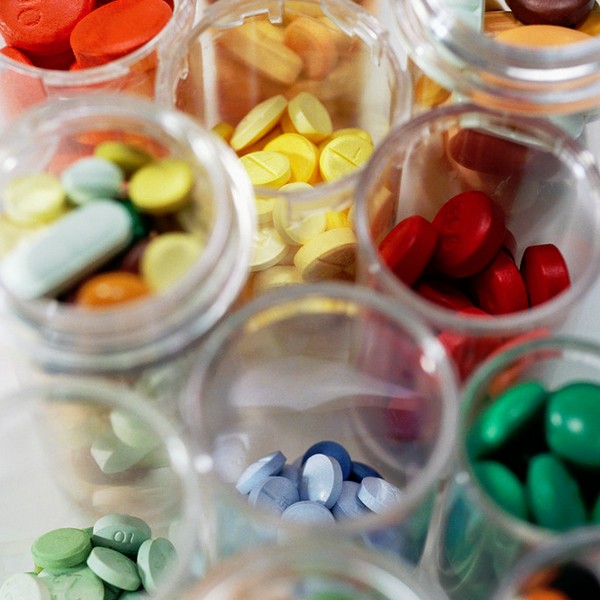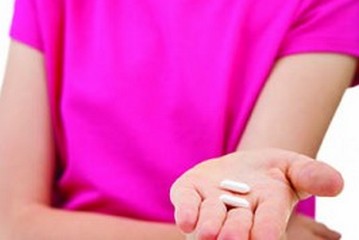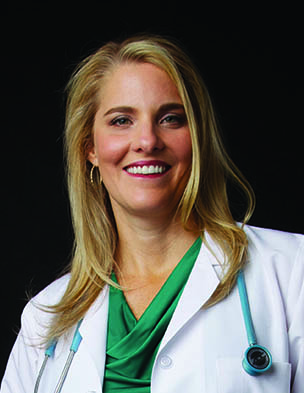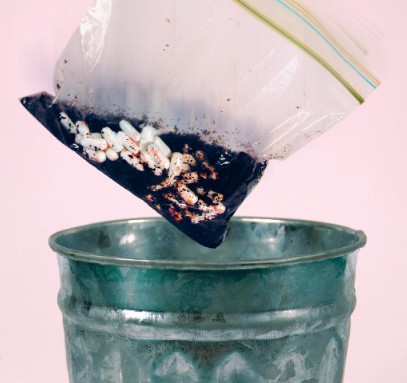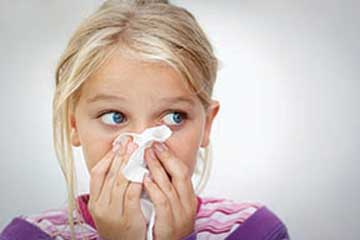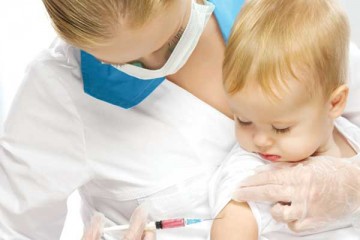“In South Orange County, the three most common drugs teens are experimenting with for recreational purposes are oxycodone and hydrocodone (narcotic pain killers) and methadone, a drug used to help heroin addicts kick their addiction,” says Dr. Jacqueline Winkelmann. “A percentage of kids are being prescribed narcotics for their own injuries, but many find them in the medicine cabinets of friends, family members and even in their own homes,” she says. “They have “pharming” parties, where everyone brings their pills, put them in a bucket and take handfuls. It’s pretty scary how creative these kids are.”
STRAIGHT TALK
Talking to your child early about this dangerous and potentially deadly problem is critical, says Dr. Winklemann. “I think middle school is certainly the time to have the talk,” she says. If you need help, there are resources available. “The documentaries, ‘Overtaken’ and ‘Behind the Orange Curtain’ are very good. Both address this issue specifically for our area.
PARENTAL DISPENSING ADVISED
- Parents should take precautions when it comes to having prescription drugs in the home, says Dr. Winkelmann. Some tips:
- Make sure parents are in charge of dispensing medication
- Set clear rules about teens taking the right amount at the right time
- Take care to understand the purposes and side effects, using the medications as a last resort, especially for pain control
- Keep medications in a secure location
DOWN THE DRAIN
It’s important to dispose of prescription drugs properly and that means NOT flushing them down the toilet, says Dr. Winkelmann. “Crush them, mix with coffee grounds or cat litter, put them in an empty can or bag and throw them in the trash,” she says.
PRESCRIPTION DRUG EDUCATION
Created by CHOC at Mission Hospital nurses, Karen Caiozzo, Dottie Tagan and Chris Venable and championed by Dr. Jacqueline Winkelmann, the physician-to-physician prescription drug education program informs the staff, suggests doctors consider decreasing pill counts to only what’s absolutely necessary and ensures that parents and teens know about the hazards of having prescription drugs in the home.
FAST FACTS
- The peak age for prescription drug experimentation: 12 to 13 Years Old
- The number of pediatric patients admitted to CHOC at Mission Hospital for overdoses (5/2009-5/2010): 61
- Percentage of teens who have said they have taken drugs without a prescription: 20 %
